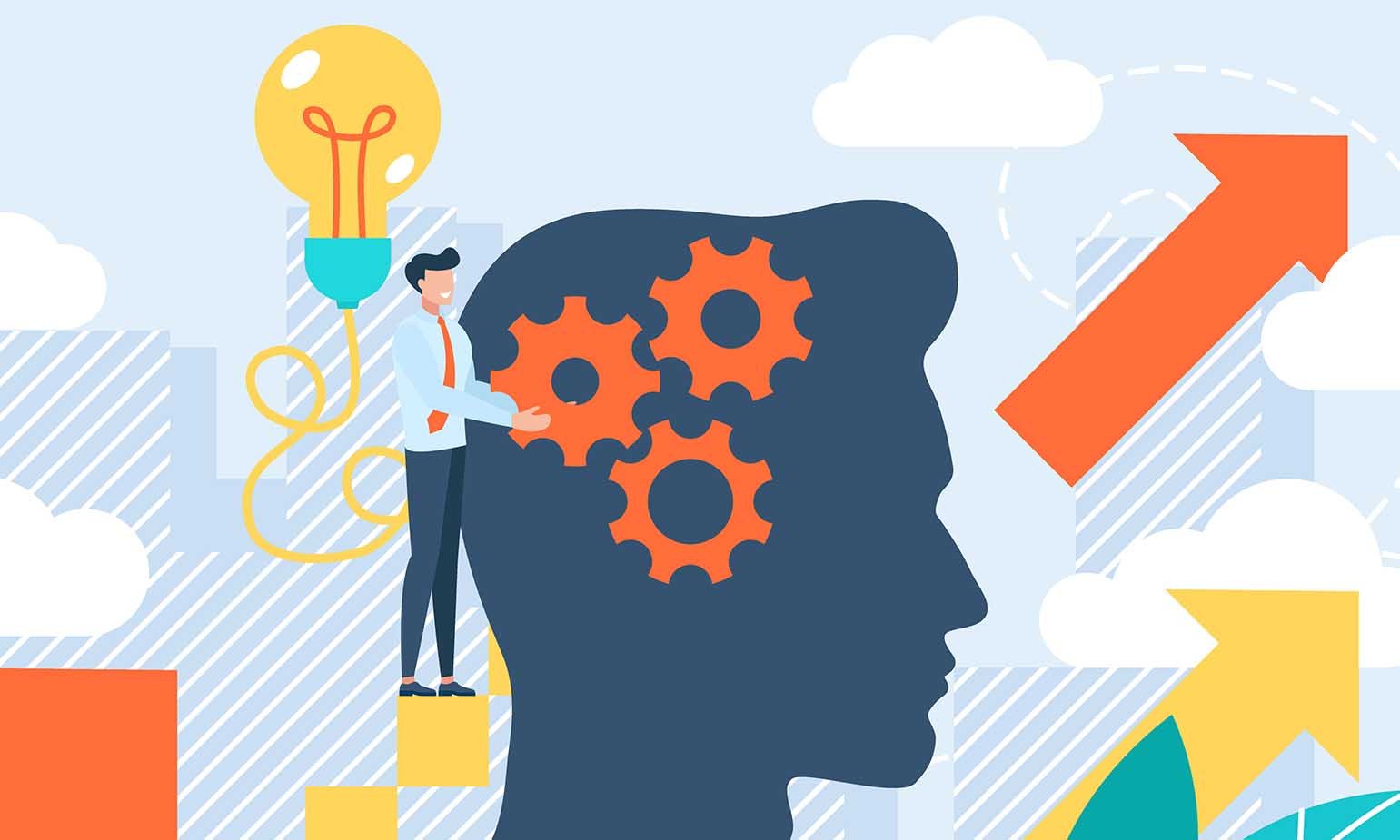Top 6 Psychotic Disorders that are Becoming More and More Common These Days

Psychotic disorders are becoming more and more common these days. In fact, it’s alarming how every other person has some psychotic illness nowadays.
The worst part of the story is that a lot of people still fail to understand the severity of psychotic disorders. They take them lightly and wave them off just like another episode of stress. Do you know this attitude is worse than having a psychotic illness?
Having a disorder is one thing, but not considering it important enough to pay heed is a whole nother story. Thus, it’s imperative that you know all the basics about common psychotic disorders.
Well, my guide will help you with that, have a look:
Bipolar Disorder
First and foremost, bipolar disorder is something you must know about. It’s one of the most common mental health disorders that brings along symptoms of both mood and psychotic disorders.
It manifests in three different episodes, including mania, hypomania, and major depressive episode. As per statistics, 2.8% of the US. citizens are currently living with bipolar disorder. Plus, it’s more common in males compared to females.
Symptoms of Bipolar Disorder
- Racing thoughts and speech
- Hypersexuality and grandiose thinking
- Excessive energy or elation
- Decreased need for sleep
- Loss of appetite or binge eating
- Suicidal thoughts or possible attempts
Treatment Options for Bipolar Disorder
- Antipsychotics and mood stabilizers
- Antidepressants and sleep-inducing drugs
- Electroconvulsive shock treatment (ECT)
- Cognitive-behavioral therapy (CBT)
- A balanced diet and regular exercise
Drug-Induced Psychosis
Drug-induced psychosis is caused by taking too much of a particular drug so that the level of toxicity it has brings along a psychotic episode as well as paranoia. It can also be caused as a result of substitute combinations.
In case you’re taking mixed drugs or substitutes or withdrawing from a drug, it can also cause drug-induced psychosis. Not to mention, drug-induced psychosis can make your everyday life activities difficult to pursue, leaving you high and dry with nothing in your hands but more drugs.
Symptoms of Drug-Induced Psychosis
- Confusion and panic attacks
- Anti-social or inhibited behavior
- Auditory and visual hallucinations
- Delusions and paranoia
- Sleep and appetite-related issues
- Sore muscles and frequent headaches
Treatment Options for Drug-Induced Psychosis
- Antidepressants and antipsychotics
- Medically-assisted detoxification program
- Cognitive-behavioral therapy (CBT)
- A balanced diet and regular exercise
- Herbs for insomnia, including dried shrooms and passionflower
Schizophrenia
Ranking third is schizophrenia. It’s known as the mother of all psychotic disorders, given its severity. Schizophrenia is a lifelong illness; thus, you’re going to need treatment for life to manage its symptoms.
As mentioned by the World Health Organization, schizophrenia affects more than 20 million adults worldwide every year. It is further said people with schizophrenia are more likely to die early compared to healthy individuals, which is the saddest part of the story.
Symptoms of Schizophrenia
- Auditory and visual hallucinations
- Bizarre and euphoric delusions
- Inhibited behavior and distorted speech
- Sleep and appetite issues
- An absence of insight
- Involuntary movements or pseudoseizures
Treatment Options for Schizophrenia
- First and second-generation antipsychotics
- Antipsychotics and benzodiazepines
- Electroconvulsive shock treatment (ECT)
- Vocational rehabilitation and supported employment
- Cognitive-behavioral therapy (CBT)
- Individual and family therapy
Psychotic Depression
Clinical depression is not just about persistent sadness and hopelessness, it often comes with psychotic symptoms. Depression with psychotic symptoms is known as psychotic depression.
However, the most common symptom in psychotic depression remains low mood. It becomes worse when combined with symptoms like hallucinations and delusions, leaving you incompatible to perform even the simplest tasks.
Symptoms of Psychotic Disorder
- Persistent sadness and pessimism
- Hallucinations or delusions
- Physical immobility
- Intellectual impairment
- Insomnia and hypochondria
- Constant anxiety and agitation
Treatment Options for Psychotic Depression
- Antidepressants and antipsychotics
- Sleep-inducing drugs in case of insomnia
- Cognitive-behavioral therapy (CBT)
- Electroconvulsive therapy (ECT)
- Individual and family-focused therapy
Delusional Disorder
Another common psychotic disorder is the delusional disorder that is being diagnosed in many people, regardless of age and gender. Previously known as paranoia, delusional disorder is a kind of psychosis where a person cannot differentiate between what’s real or what’s not.
The only thing that makes it different from schizophrenia or bipolar disorder is the fact that it doesn’t cause any kind of hallucinations. Plus, people with delusional disorder function quite normally, unlike those with other psychotic disorders.
Symptoms of Delusional Disorder
- Misinterpretation of perceptions and experiences
- Bizarre delusions and paranoid thoughts
- Persistent agitation and low mood
- Inhibited or catatonic behavior
- Constant restlessness and anxiety
Treatment Options for Delusional Disorder
- Conventional antipsychotics
- Antidepressants and benzodiazepines
- Cognitive-behavioral therapy (CBT)
- Individual and family therapy
- Exposure and response prevention
Schizoaffective Disorder
Last but not least, schizoaffective disorder is another psychotic disorder on this list. It isn’t as common as others stated above, but it’s still growing at an alarming rate. Marked by a combination of psychotic symptoms, schizoaffective disorder is pretty severe, too.
According to statistics, one in every 150-200 people is diagnosed with schizoaffective disorder at least once in their life. It affects men and women equally; however, it is said that men are more prone to developing schizoaffective disorder earlier in life.
Symptoms of Schizoaffective Disorder
- Hallucinations and delusions
- Impaired speech and communication
- Unusual or bizarre behavior
- Feelings of sadness and worthless
- Low motivation and poor attention span
- Inability to find pleasure in things
Treatment Options for Schizoaffective Disorder
- First and second-generation antipsychotics
- Antidepressants and benzodiazepines
- Electroconvulsive shock treatment (ECT)
- Cognitive-behavioral therapy (CBT)
- Social skills management and family therapy
The Takeaway
One of the most worrisome things is that all these psychotic disorders bring along lots of stress and anxiety. Staying positive is the key. I reckon that it’s easier said than done, but once you start thinking better, you’ll start feeling better as well. It’s as simple as that. I hope you get well soon, my friends.





